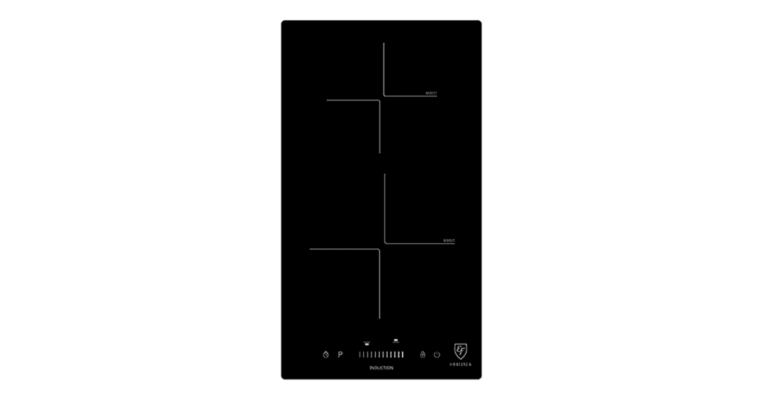Navigating the World of Design Sprints for Business Ideation
Design sprints serve as a structured framework that enables teams to rapidly ideate, prototype, and validate solutions for complex problems. This collaborative process helps organizations streamline their innovation efforts by condensing months of work into a concentrated five-day sprint. By bringing together cross-functional team members, design sprints encourage diverse perspectives and foster a collective understanding of the problem at hand.
The primary purpose of design sprints is to expedite the product development cycle by allowing teams to test assumptions and gather feedback early in the process. Through a series of exercises such as mapping out user journeys, sketching ideas, and creating interactive prototypes, design sprints help validate concepts before significant time and resources are invested in full-scale development. Ultimately, the goal of a design sprint is to minimize risk, maximize learning, and accelerate the delivery of impactful solutions to market.
The Key Players in a Design Sprint
Design sprints involve a variety of key players who each bring their unique expertise to the table. At the forefront is the facilitator, whose role is to guide the team through the sprint process, keeping everyone focused and on track. The facilitator ensures that all voices are heard and helps the team overcome any roadblocks that may arise during the sprint.
Next up are the decision-makers, usually senior members of the team or key stakeholders. Their role is crucial in providing direction and making key decisions based on the outcomes of the sprint. Decision-makers bring a strategic perspective to the process, ensuring that the end result aligns with the overall goals and objectives of the project.
What is the purpose of design sprints?
Design sprints are a structured process aimed at quickly solving complex problems through ideation, prototyping, and testing.
Who are the key players in a design sprint?
The key players in a design sprint typically include a facilitator, a product owner, a designer, a developer, and a user experience expert.
What is the role of the facilitator in a design sprint?
The facilitator leads the design sprint process, guides the team through each stage, and ensures that the objectives are met within the designated time frame.
What does the product owner contribute to a design sprint?
The product owner provides insights into the business goals, customer needs, and market trends to help shape the design solutions.
How does a designer contribute to a design sprint?
The designer is responsible for creating the visual and interactive elements of the design solutions based on the insights gathered during the sprint.
What role does a developer play in a design sprint?
The developer works closely with the designer to bring the prototypes to life, ensuring that the technical aspects align with the design vision.
Why is a user experience expert important in a design sprint?
The user experience expert brings a focus on usability and user-centric design principles, ensuring that the final solutions meet the needs and expectations of the target audience.







